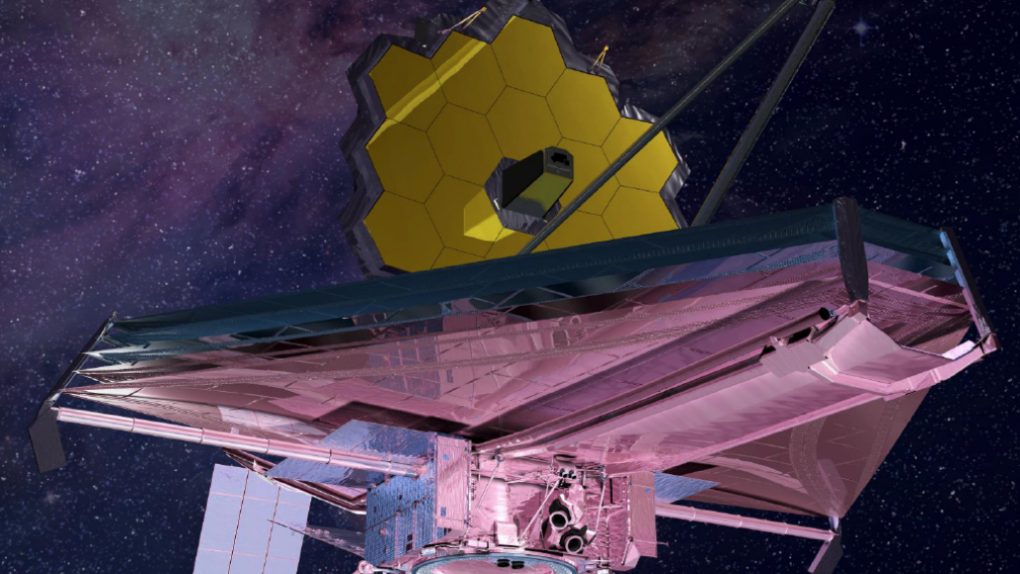The James Webb Space Telescope is going to be an incredible tool for scientists to peer deep into space, returning information that could teach us a lot about our universe and our place in it. Sure, the people making it might be incompetent, and it’s already so far over budget that Congress had to tell Northrop Grumman’s CEO that he’s a moron, but hey, it’s going to be awesome when it’s done.
It’ll be so awesome, in fact, that researchers are actually studying what kinds of new things the telescope might reveal, and a new paper published in the Astronomical Journal suggests it could have a lot to tell us about the nearby planetary system TRAPPIST-1.
The discovery of TRAPPIST-1 was big news in the science community, with scientists finding that the TRAPPIST-1 star is orbited by not one, not two, but a whopping seven potentially Earth-like worlds.
Because they all orbit their host start at different distances, some of them are either far too hot or too cold to support liquid water on their surface, dramatically hindering their potential to harbor life. However, a trio of the planets are within the sweet spot, and if they have suitable atmospheres we might find something very special there.
In this latest study, researchers focused on what discoveries could likely be made by the James Webb Space Telescope once it focuses on the TRAPPIST-1 system. The study suggests that the telescope may fairly easily determine not only which of the planets have atmospheres, but also what the atmosphere of each planet is made of thanks to specialized instruments that should nail down their atmospheric makeup in fewer than 10 “transits,” or 10 passes of each planet in front of its star.
The scientists believe that James Webb could easily handle this within its first year in space. Unfortunately, thanks to endless delays and continued problems with contractor Northrop Grumman, we’ll have to wait until at least 2021, and possibly longer to see the spacecraft launch.








